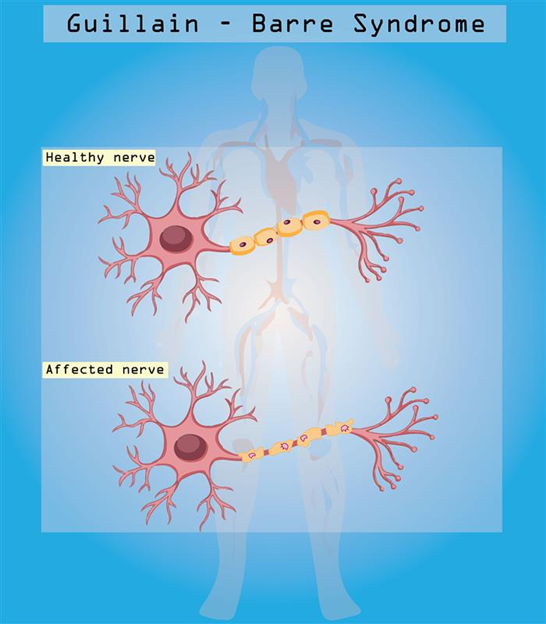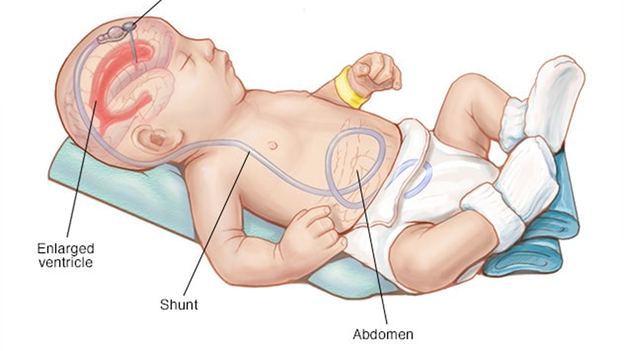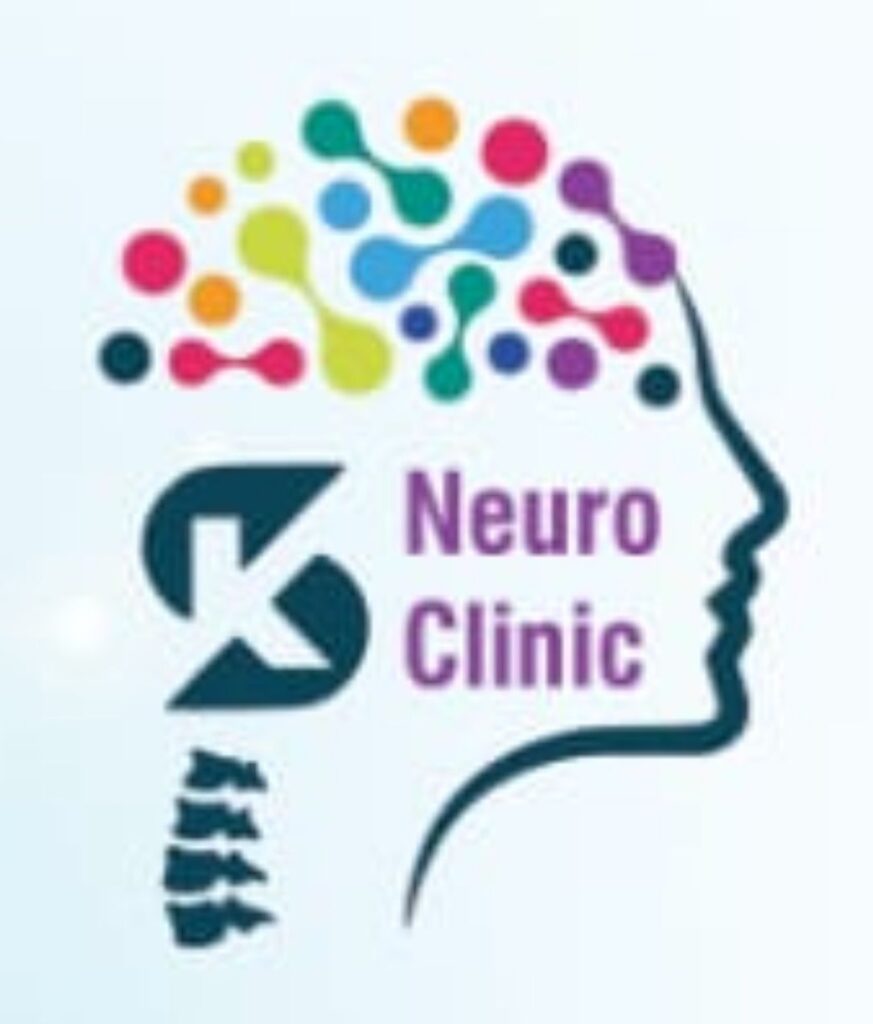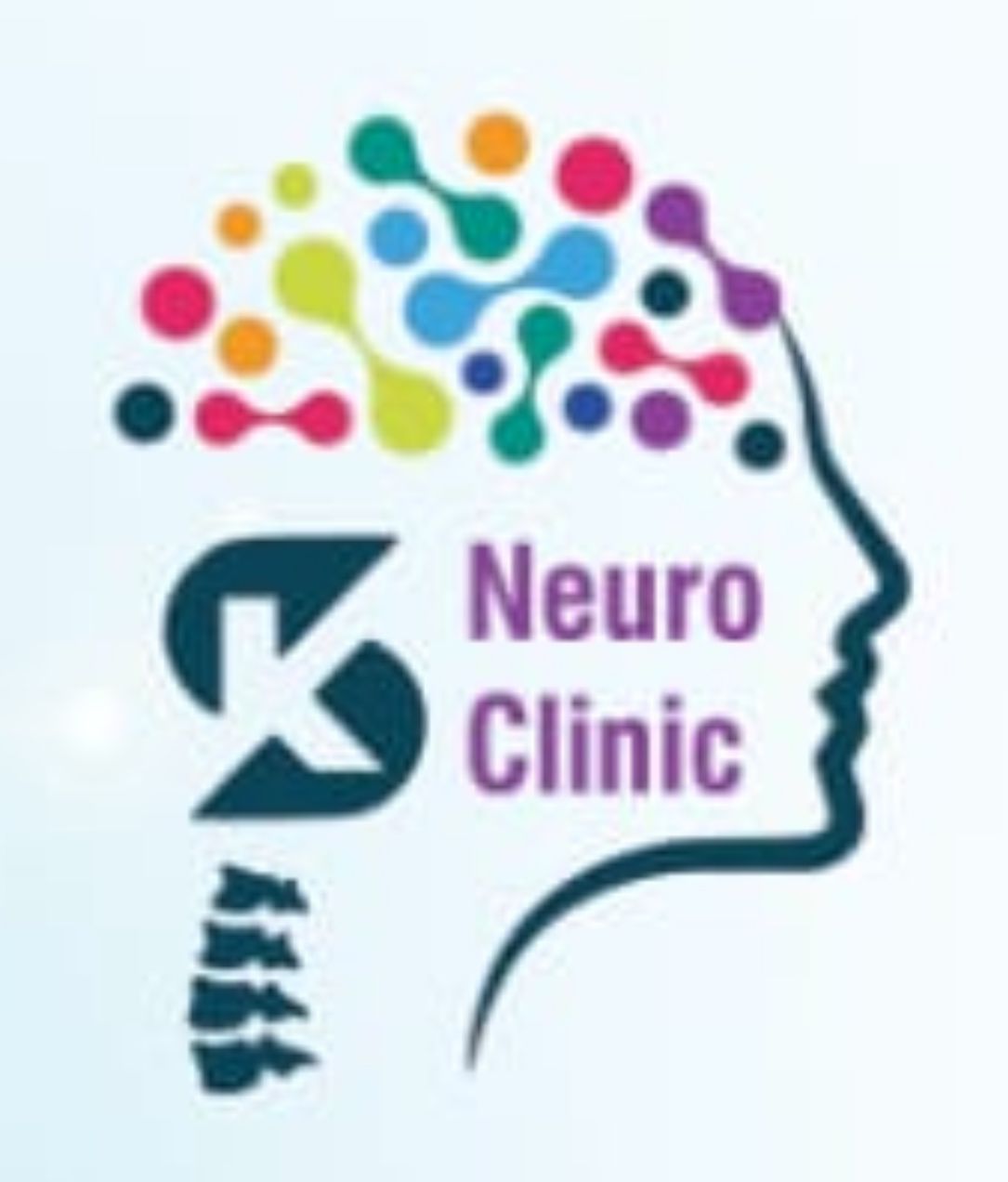Understanding Spondylolisthesis: Symptoms, Causes, and Treatment

The term spondylolisthesis describes a spinal condition where a vertebra slips onto another. This can cause significant discomfort and difficulties with movement during daily activities. Understanding spondylolisthesis can help manage its impact on your lifestyle effectively. Recognizing spondylolisthesis symptoms early is crucial for effective management. It allows you to start treatment in time and help […]
Understanding Guillain-Barré Syndrome: Causes, Symptoms, and Treatment Options

Understanding Guillain-Barré Syndrome (GBS) is essential due to its impactful nature and the potential for full recovery with appropriate intervention. This condition affects many annually, with its causes, symptoms, and treatments evolving in the medical community. Comprehensive knowledge of this syndrome helps in reducing potential risks and optimizing treatment outcomes for those affected. Introduction to […]
How to Navigate Hydrocephalus: Treatment Options and Long-term Care

Hydrocephalus is a condition with noticeable symptoms that affect lives significantly. Imagine excess fluid in the brain causing pressure. This pressure can lead to headaches, difficulty walking, and even cognitive challenges. These signs demand attention and awareness among us all. Raising awareness is key. Many don’t know about hydrocephalus or its profound effect on everyday […]
Myasthenia Gravis: Understanding the Disorder, Symptoms, and Treatment Options

Introduction Myasthenia Gravis (MG) is a chronic autoimmune neuromuscular disorder that affects the communication between the nerves and muscles, leading to weakness in the voluntary muscles. The disease is characterized by fluctuating muscle weakness that worsens with activity and improves with rest. It can affect any voluntary muscle in the body, including those that control […]
Understanding Infective Spondylodiscitis: Symptoms, Diagnosis, and Treatment

Infective Spondylodiscitis is a mouthful, isn’t it? This condition might be tough to pronounce, but understanding it can make a big difference. It involves an infection in the spine, and catching it early is key. Knowing what to look for and the steps for treatment can help manage it effectively. Learning about infective spondylodiscitis symptoms […]
🧠 Spinal Cord Injury Diagnosis: The Key to Early Treatment & Recovery!

Understanding Spinal Cord Injuries The spinal cord is a vital part of the central nervous system. It connects the brain to nerves throughout the body, allowing for movement and sensation. When the spinal cord is injured, it disrupts these crucial communications. Spinal cord injuries often occur due to accidents, falls, or violence. Diseases, like infections […]
Understanding Pott’s Disease: A Comprehensive Overview

What is Pott’s Disease? Pott’s disease, also known as spinal tuberculosis, is a serious condition that affects the spine. It happens when the bacteria that cause tuberculosis, called Mycobacterium tuberculosis, spread from the lungs or other parts of the body to the spine. This can lead to severe problems, including damage to the vertebrae (the […]
Comprehensive Guide to Degenerative Disk Disease: Understanding and Managing Your Condition

What is Degenerative Disk Disease (DDD)? Degenerative disc disease occurs when the spinal disks, which act as cushions between vertebrae, wear down over time. This natural aging process typically begins after age 40, leading to reduced shock absorption and potential pain. As the disks lose their cushioning, bones may start to rub together, causing discomfort […]
Understanding Back Pain: Recognize and Relieve Discomfort

A widespread issue affecting people globally, ranging from mild discomfort to severe pain that disrupt daily activities. Understanding the cause, symptoms, and treatment options helps to manage this issue effectively. Causes of Back Pain Several factors can lead to back pain: Symptoms and Complications Common symptoms of back pain include aching sensation, shooting pain down […]
Understanding Herniated Discs: Causes, Symptoms, and Treatment

What is a Herniated Disc? Herniated discs, also called slipped or ruptured discs, are common causes of back and neck pain that can disrupt daily life. A herniated disc happens when the soft center of a spinal disc bulges out through a tear in the tough outer layer. This can irritate nearby nerves or the […]


